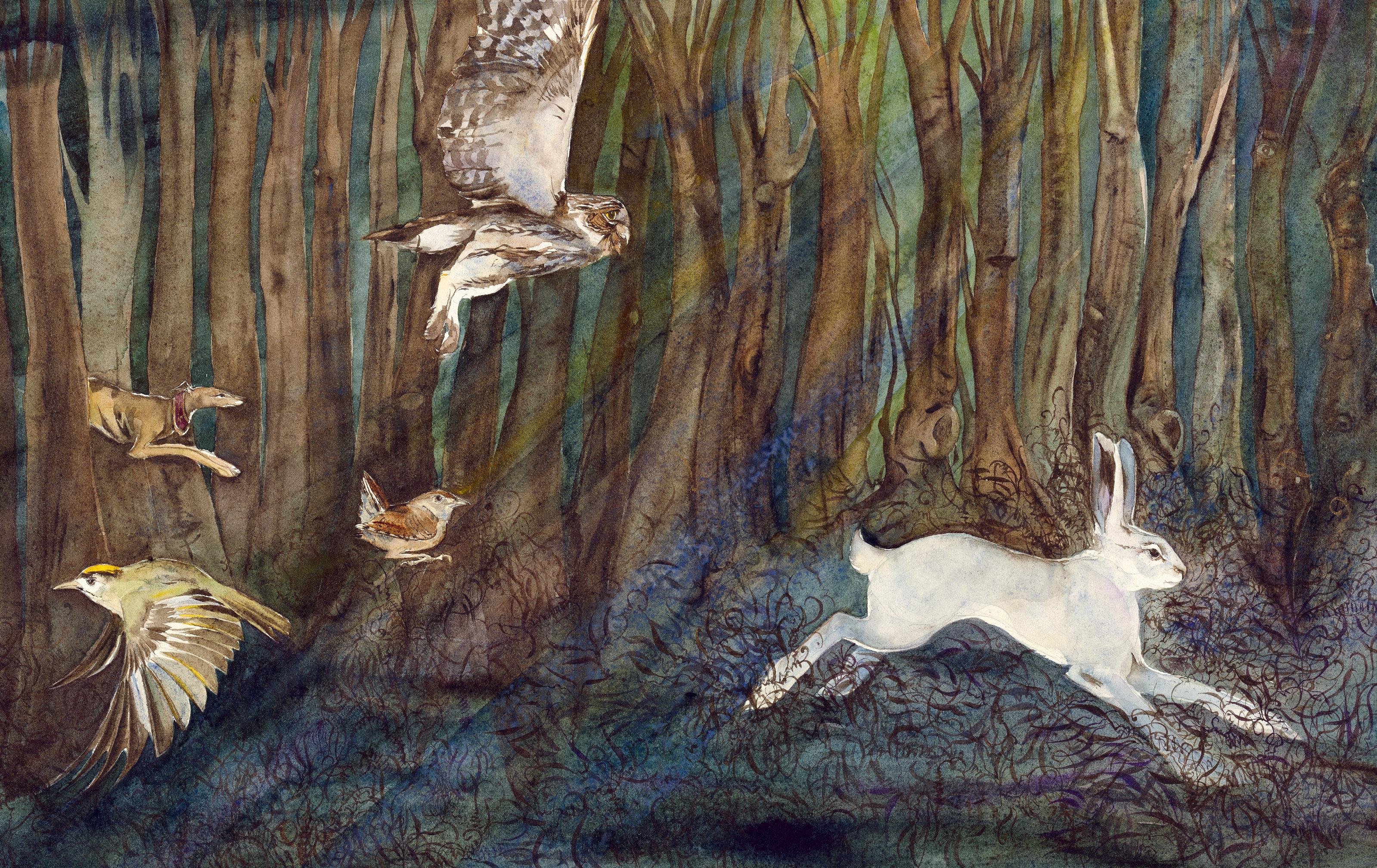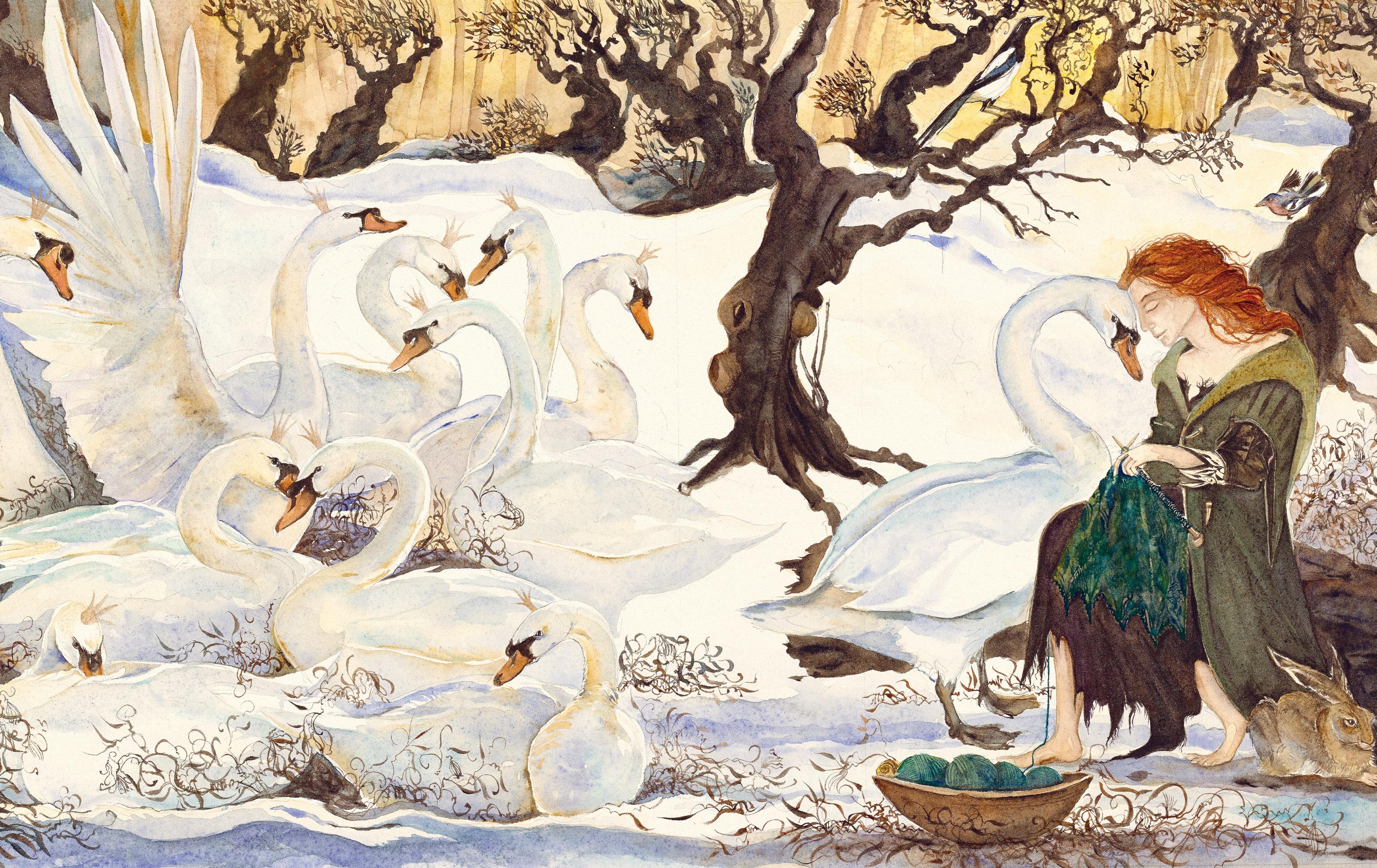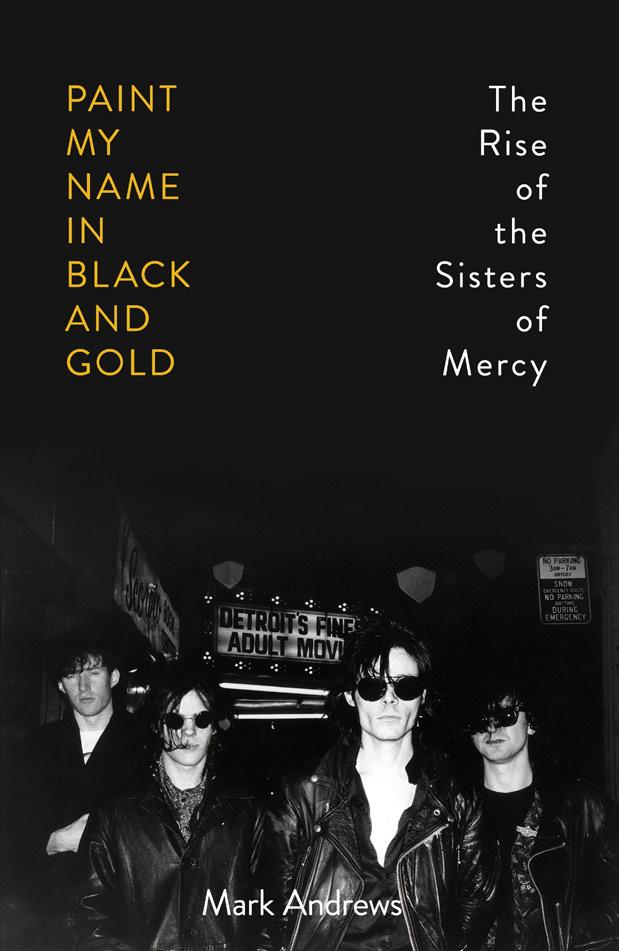
3 minute read
Game On
24 25

Advertisement
26
Find The Wild Swans on page 93 27
PAINT MY NAME IN BLACK AND GOLD
Drawing on years of research and dozens of interviews, journalist Mark Andrews has written the definitive account of the rise of the Sisters of Mercy, the cult band who invented goth and changed the course of rock music forever. Here, the author speaks to Mathew Clayton, Unbound’s Head of Publishing, about the inspiration behind the book, the raucous Leeds postpunk scene and why the Sisters are due a critical re-evaluation.
Mathew Clayton: Your book, which focuses on the early years of the Sisters of Mercy, is as much about Leeds as it is about the band’s singer and creative engine Andrew Eldritch. The music scenes in many other northern cities have been written about and celebrated – why do you think Leeds has been overlooked?
Mark Andrews: Actually, Eldritch is inevitably the dominant figure in the book. How could he not be? The preface even says that he ‘staked a powerful claim to be the greatest rock star of his generation’. Yet the book is also very much about the two other original Sisters of Mercy: Gary Marx and Craig Adams. The dynamic between the three of them made – and destroyed – the Sisters. It’s certainly a book about the people who made the music, as much as the music itself.
But you’re right, Leeds does play a major role in the book. It is the swamp out of which the band crawled. You can’t properly tell the story of the Sisters without telling the story of Leeds. The reason Leeds is overlooked is, on one level, very simple: only one local band that emerged from punk and its aftermath became big in any way, and that was the Sisters of Mercy. And they have been misunderstood and undervalued; that ‘Lords of Darkness’ caricature does them a huge disservice, just as much as calling Leeds ‘Goth City’ does. The Sisters and their city are far more interesting than that. Of course, the Leeds music scene has often been written about, but the focus has typically been on the Uni and Poly bands: Gang of Four, the Mekons, Soft Cell, Delta 5, Fad Gadget. The town bands have been given much shorter shrift. Part of this book project has been to shift that dial a little.

28
MC: While Liverpool had Roger Eagle’s Eric’s (a legendary live venue), Leeds had the F Club. Can you explain its importance to Leeds and the role it played in the genesis of the Sisters of Mercy?
MA: The F Club was a club night in Leeds that ran from 1977 to 1982, rather than a club with a fixed address. Its most important and longestlasting location was in the basement of Brannigan’s disco down by the river. The roll call of bands was astonishing: Ultravox, Wire, the Damned, Joy Division, Pere Ubu, the Human League, the Cure, the Teardrop Explodes, the Cramps, the Psychedelic Furs and the Raincoats, to name just a few. Adams, Eldritch and Marx were all F Club regulars. Brannigan’s was also the breeding ground for a whole host of interesting bands and musicians. It was the key venue of the local Leeds scene.
The F Club was invented by a guy who worked for Yorkshire TV called John Keenan. He gave regular support slots to local bands, including the fledgling Sisters. Keenan is a complex figure, but he’s also a heroic one in Leeds. It’s doubtful the Sisters could have got anywhere early on without him. And the other key figure is Claire Shearsby, who was the regular DJ at the F Club. She met Andrew Eldritch in Brannigan’s and they became a couple. Her importance in the Leeds scene and to the Sisters has been underestimated.
MC: Your book is based on a large number of interviews. Did the people you spoke to look back on that time fondly?
MA: I think I interviewed seventy-nine people, though not all of them appear in the book. Many of them were young, full of drink and drugs, and in love – with the Sisters of Mercy. So of course they look back fondly!
Having said that, there is a fair amount of rage and bitterness. Several of the interviewees were plainly infuriated, even hurt by Eldritch. However, I do think readers might be surprised – bearing in mind the public image he has crafted – to find out just how well liked Eldritch was.
29







